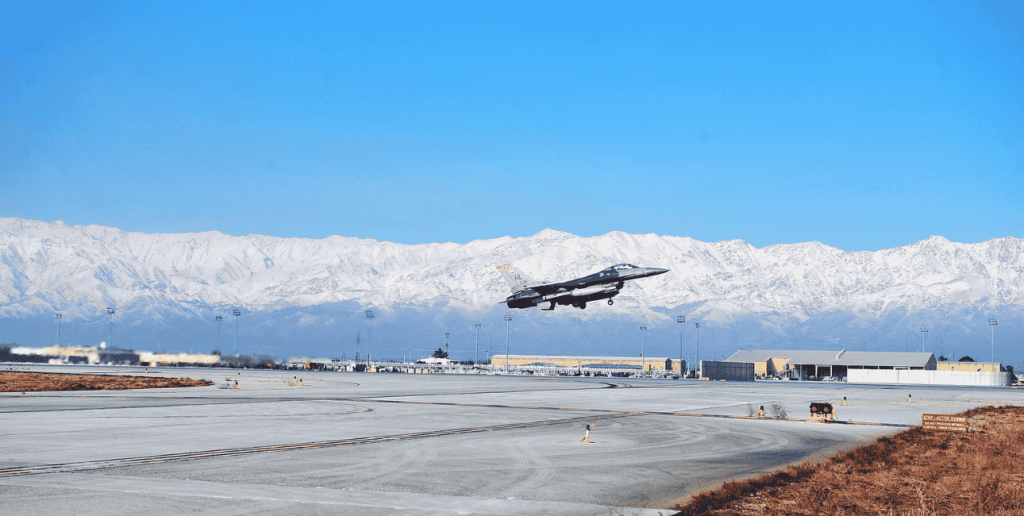The guns have fallen silent in Afghanistan, but the fight for influence is far from over. Bagram Airbase, has long been a strategic military hub in Afghanistan. Just 11 kilometers from Charikar in Parwan Province, Bagram served as the United States’ largest and most fortified stronghold in Afghanistan. Originally built by the Soviet Union during the Cold War in the 1950’s. It became the nerve center of U.S. operations following the events of 9/11. It became the largest U.S. military installation in the country. Bagram resembled a small American town, complete with fast-food outlets, swimming pools, and even cinemas.
But in August 2021, the U.S. closed the gates of Bagram and withdrew its forces under a peace deal negotiated with the Taliban. A deal initiated under Donald Trump and implemented by President Joe Biden. The exit triggered a rapid collapse of the Ashraf Ghani-led government and the Taliban’s return to power.
Since then, Bagram has fallen into the Taliban regime. While rumors recently spread online claiming the Taliban had handed the base back to the U.S. There were reports that American planes had landed carrying intelligence personnel, however, the Taliban quickly dismissed these reports as misinformation. “Propaganda,” said Taliban spokesman Zabihullah Mujahid. “No foreign forces are allowed on Afghan soil.”
Meanwhile, the aftermath of the U.S. withdrawal remains a source of bitter debate. Roughly $7 billion worth of U.S.-supplied military equipment was left behind. Trump has repeatedly accused the Biden administration of abandoning valuable assets. For Taliban, the weapons are not leftovers, they’re war trophies, and they have been using them to strengthen their grip and battle ISIS-K militants.
But perhaps the most intriguing development in Afghanistan’s new chapter is China’s expanding footprint. With oil extraction deals, mining contracts, and diplomatic overtures including recognizing a Taliban-appointed ambassador in early 2024, China is positioning itself as the economic lifeline Afghanistan desperately needs.
It’s a calculated bet. In return for investment, China seeks assurances that extremist groups, particularly Uyghur militants will find no sanctuary in Afghan territory. For the Taliban, the partnership offers legitimacy and survival in the face of crippling sanctions, unemployment, and food shortages affecting nearly 24 million Afghans.
Therefore, Bagram Airbase still holds strategic importance. The U.S. may have pulled its troops out, but the real battle over diplomacy, investment, and regional power is just beginning.
Afghanistan may no longer be a warzone, but it has become something else entirely, front line of a new kind of contest. And Bagram, once again, is at the center of it.


